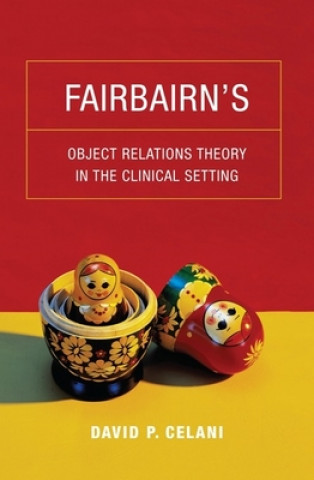
Kod: 04042079
Fairbairn's Object Relations Theory in the Clinical Setting
Autor DavidP Celani
W. R. D. Fairbairn (1889-1964) challenged the dominance of Freud's drive theory with a psychoanalytic theory based on the internalization of human relationships. Fairbairn assumed that the unconscious develops in childhood and con ... więcej
- Język:
 Angielski
Angielski - Oprawa: Miękka
- Liczba stron: 240
Wydawca: Columbia University Press, 2010
- Więcej informacji o książce

58.37 €

Dostępna u dostawcy w małych ilościach
Wysyłamy za 12 - 17 dni
Potrzebujesz więcej egzemplarzy?Jeżeli jesteś zainteresowany zakupem większej ilości egzemplarzy, skontaktuj się z nami, aby sprawdzić ich dostępność.
Dodaj do schowka
Zobacz książki o podobnej tematyce
Bon podarunkowy: Radość gwarantowana
- Podaruj bon o dowolnej wartości, a my się zajmiemy resztą.
- Bon podarunkowy dotyczy całej naszej oferty.
- Możesz wydrukować elektroniczny bon z e-maila a następnie przekazać go obdarowanemu.
- Ważność bonu wynosi 12 miesięcy od daty wystawienia.
Więcej informacji o Fairbairn's Object Relations Theory in the Clinical Setting
Za ten zakup dostaniesz 144 punkty
 Opis
Opis
W. R. D. Fairbairn (1889-1964) challenged the dominance of Freud's drive theory with a psychoanalytic theory based on the internalization of human relationships. Fairbairn assumed that the unconscious develops in childhood and contains dissociated memories of parental neglect, insensitivity, and outright abuse that are impossible the children to tolerate consciously. In Fairbairn's model, these dissociated memories protect developing children from recognizing how badly they are being treated and allow them to remain attached even to physically abusive parents. Attachment is paramount in Fairbairn's model, as he recognized that children are absolutely and unconditionally dependent on their parents. Kidnapped children who remain attached to their abusive captors despite opportunities to escape illustrate this intense dependency, even into adolescence. At the heart of Fairbairn's model is a structural theory that organizes actual relational events into three self-and-object pairs: one conscious pair (the central ego, which relates exclusively to the ideal object in the external world) and two mostly unconscious pairs (the child's antilibidinal ego, which relates exclusively to the rejecting parts of the object, and the child's libidinal ego, which relates exclusively to the exciting parts of the object). The two dissociated self-and-object pairs remain in the unconscious but can emerge and suddenly take over the individual's central ego. When they emerge, the "other" is misperceived as either an exciting or a rejecting object, thus turning these internal structures into a source of transferences and reenactments. Fairbairn's central defense mechanism, splitting, is the fast shift from central ego dominance to either the libidinal ego or the antilibidinal ego-a near perfect model of the borderline personality disorder. In this book, David Celani reviews Fairbairn's five foundational papers and outlines their application in the clinical setting. He discusses the four unconscious structures and offers the clinician concrete suggestions on how to recognize and respond to them effectively in the heat of the clinical interview. Incorporating decades of experience into his analysis, Celani emphasizes the internalization of the therapist as a new "good" object and devotes entire sections to the treatment of histrionic, obsessive, and borderline personality disorders.
 Szczegóły książki
Szczegóły książki
Kategoria Knihy po anglicky Society & social sciences Social services & welfare, criminology Social welfare & social services
58.37 €
- Pełny tytuł: Fairbairn's Object Relations Theory in the Clinical Setting
- Autor: DavidP Celani
- Język:
 Angielski
Angielski - Oprawa: Miękka
- Liczba stron: 240
- EAN: 9780231149075
- ISBN: 0231149077
- ID: 04042079
- Wydawca: Columbia University Press
- Waga: 336 g
- Wymiary: 227 × 153 × 13 mm
- Data wydania: 07. April 2010
Ulubione w innej kategorii
-
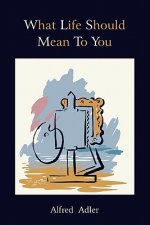
What Life Should Mean to You
17.27 € -

Denied a Mummy
16.25 € -13 % -

Internal Family Systems Therapy with Children
35.67 € -
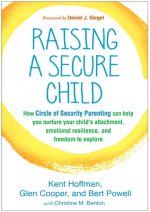
Raising a Secure Child
17.68 € -4 % -

Billionaire Who Wasn't
18.50 € -21 % -
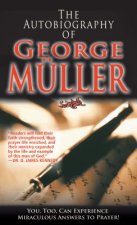
Autobiography of George Muller
9.19 € -19 % -

Promise of a Pencil
11.13 € -23 % -

Active Listening
11.65 € -

Animal Assisted Therapy Activities to Motivate and Inspire
21.87 € -
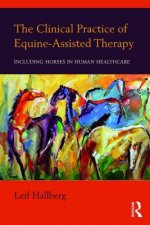
Clinical Practice of Equine-Assisted Therapy
55.30 € -

Shelter
25.24 € -18 % -
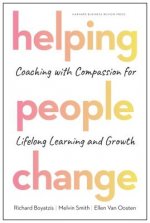
Helping People Change
29.33 € -11 % -

Counselling Skills for Working with Trauma
35.06 € -1 % -

Counselling Skills for Working with Shame
35.06 € -1 % -

From Coach to Awakener
25.24 € -18 % -
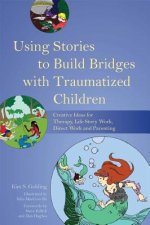
Using Stories to Build Bridges with Traumatized Children
28.21 € -1 % -
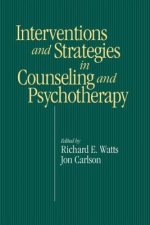
Intervention & Strategies in Counseling and Psychotherapy
84.24 € -
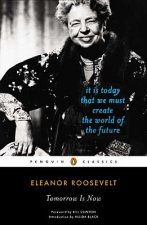
Tomorrow is Now
25.65 € -
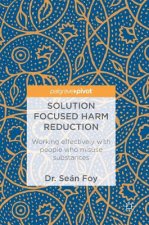
Solution Focused Harm Reduction
89.45 € -
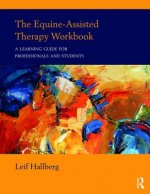
Equine-Assisted Therapy Workbook
55.30 € -
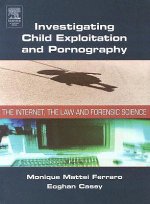
Investigating Child Exploitation and Pornography
116.44 € -
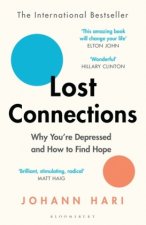
Lost Connections
12.77 € -24 % -
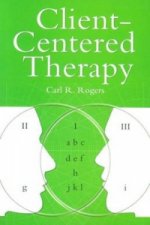
Client Centered Therapy (New Ed)
18.70 € -23 % -

English for Law Enforcement Student's Book Pack
45.69 € -3 % -
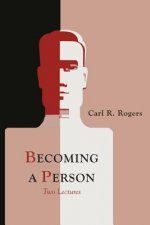
Becoming a Person
7.56 € -
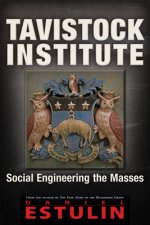
Tavistock Institute
21.15 € -19 % -
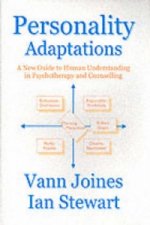
Personality Adaptations
24.43 € -5 % -

I Shall Not Hate
14.41 € -23 % -
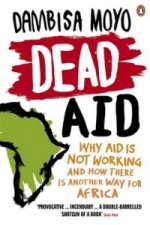
Dead Aid
10.93 € -24 % -
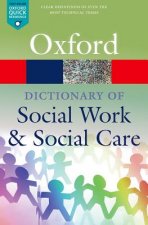
Dictionary of Social Work and Social Care
15.84 € -20 % -
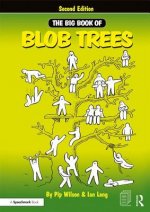
Big Book of Blob Trees
60.93 € -
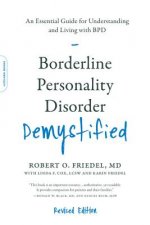
Borderline Personality Disorder Demystified, Revised Edition
16.96 € -20 % -

Three Cups Of Tea
11.03 € -23 % -

Blob School
51.11 € -

Conversations That Matter
39.86 € -

Therapeutic Journal Writing
41.40 € -

Smart but Scattered--and Stalled
20.44 € -3 % -

Solution Focused Narrative Therapy
76.26 € -5 % -
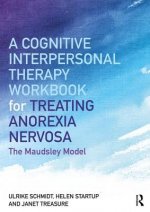
Cognitive-Interpersonal Therapy Workbook for Treating Anorexia Nervosa
35.67 € -
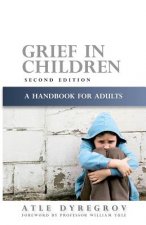
Grief in Children
24.02 € -1 % -

Enforcing Order - An Ethnography of Urban Policing
31.99 € -
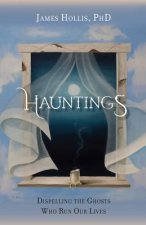
Hauntings - Dispelling the Ghosts Who Run Our Lives
27.39 € -
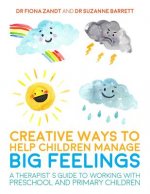
Creative Ways to Help Children Manage BIG Feelings
35.06 € -1 % -
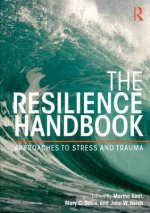
Resilience Handbook
96.92 € -
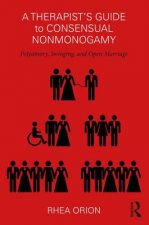
Therapist's Guide to Consensual Nonmonogamy
50.09 € -

Counselling for Toads
35.67 € -

Enemies
17.88 € -17 % -

Ecotherapy in Practice
63.18 € -

Marriage Clinic
48.96 € -2 %
Osobný odber Bratislava a 2642 dalších
Copyright ©2008-24 najlacnejsie-knihy.sk Všetky práva vyhradenéSúkromieCookies



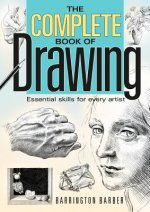

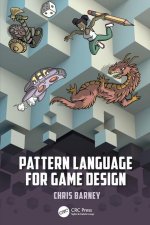
 21 miliónov titulov
21 miliónov titulov Vrátenie do mesiaca
Vrátenie do mesiaca 02/210 210 99 (8-15.30h)
02/210 210 99 (8-15.30h)